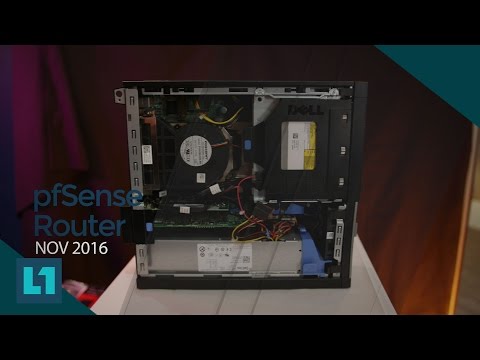Hello everyone,
So YouTube has served me a video from 4 years ago where Wendell shows how to turn a small form factor dell pc into a PfSense router.
Now this was almost 5 years ago, so he’s talking about 1 gig speeds and says it would be more than enough to reach it. Obviously, this got me thinking on the possibility of doing the same thing with my setup. Except I was looking at the QNAP QHORA 300 as my next router because it had 2 10GbE ports and that’s basically all I need and I’ll explain.
I have a NAS that I also stream media from, and my gaming computer aside from other devices that are connected either via Wi-Fi or via cable to the router. The main ones are my gaming computer and the NAS, so I want them to be connected both to each other and to the rest of the network with as much bandwidth as possible.
Which leads me to my question. Let’s say I want to create a PfSense box and use it as my router, what’s the minimum specs I require in order to get 2 10GbE ports supported fully aside from the normal operations of the network.
Let’s say I have a first gen i7 hp computer in a small form factor, is that enough? Or do a need a certain number of PCIE lanes to achieve my goal?
I’ve looked everywhere, including this forum, and found no concrete numbers, just estimations and personal anecdotes.
If anyone is interested, here’s the original video:
Thanks and have a great day!
